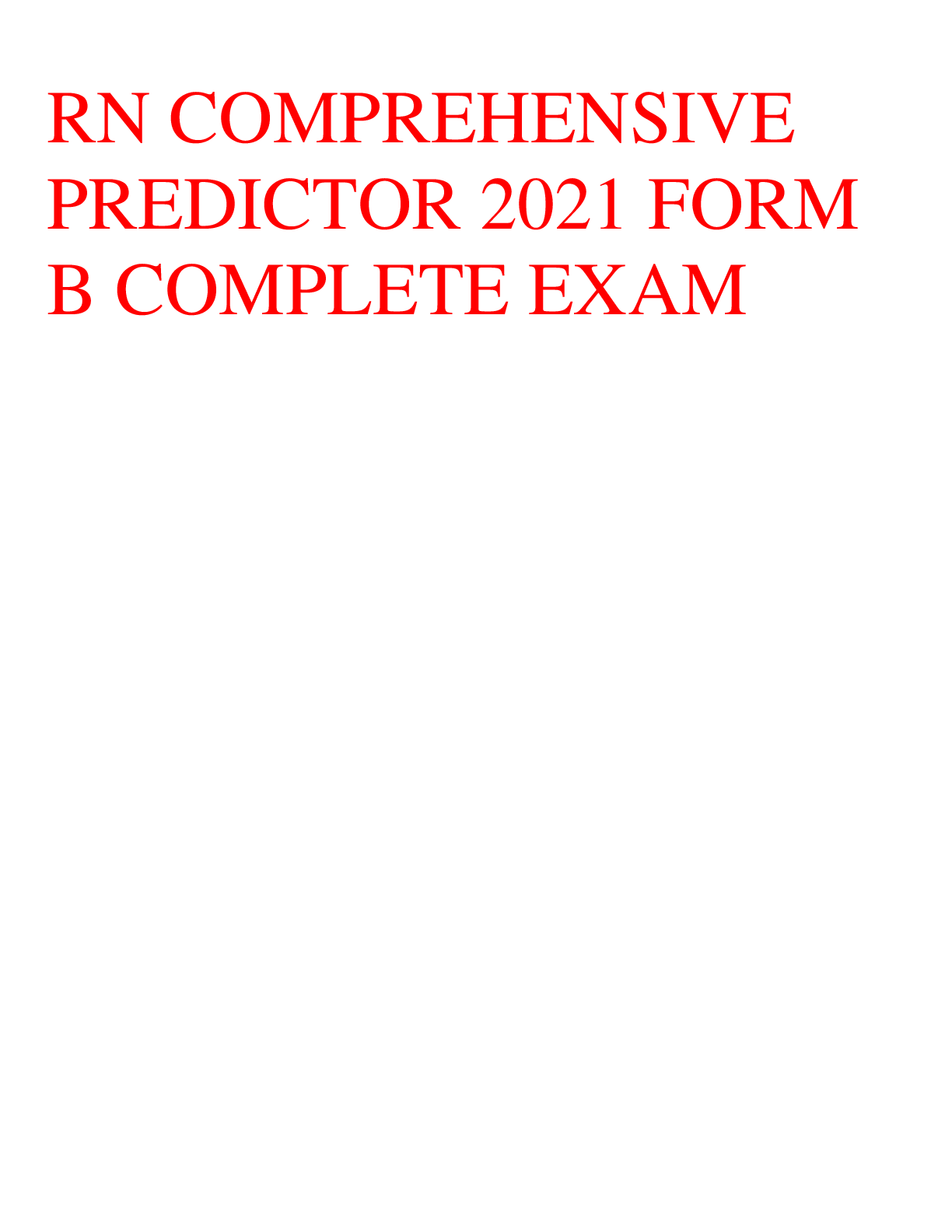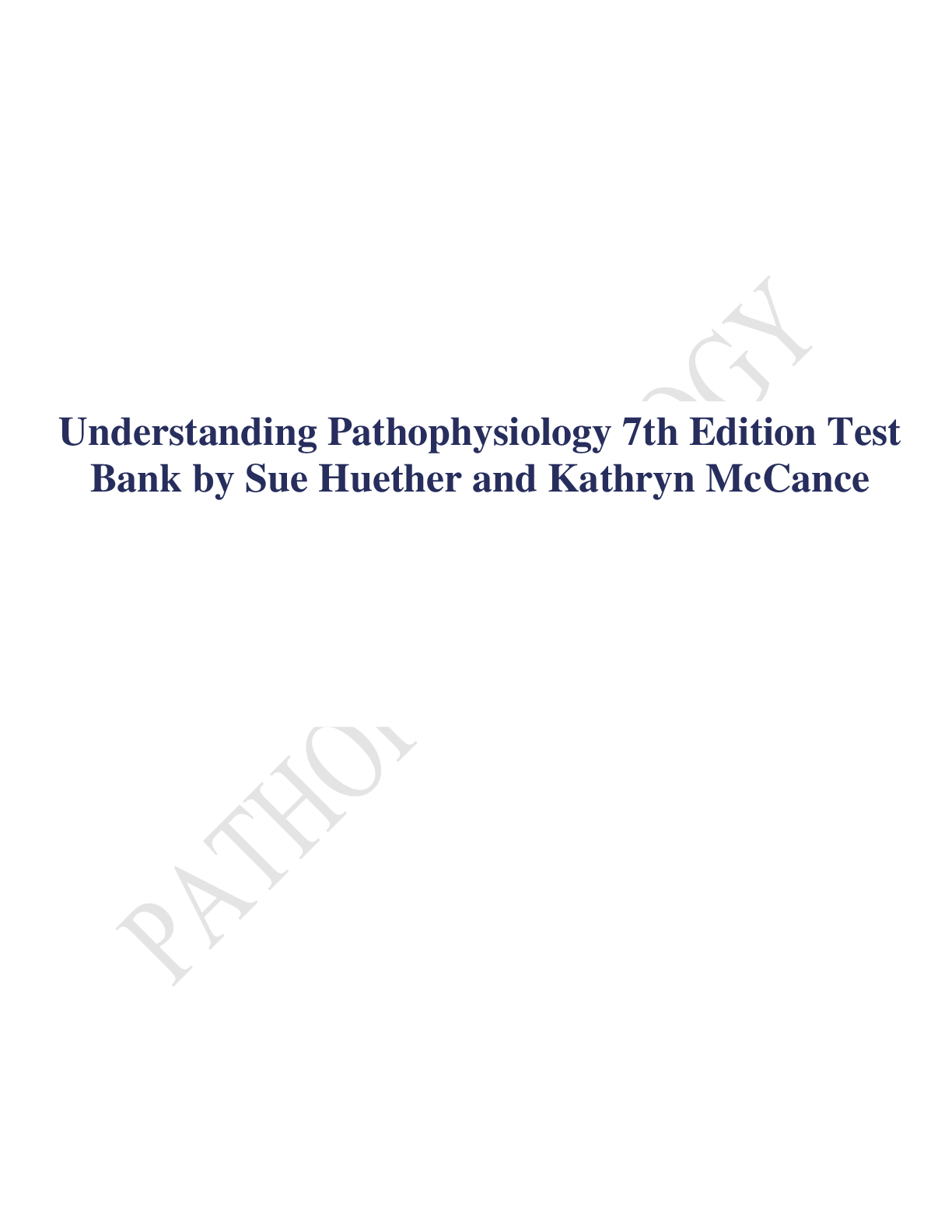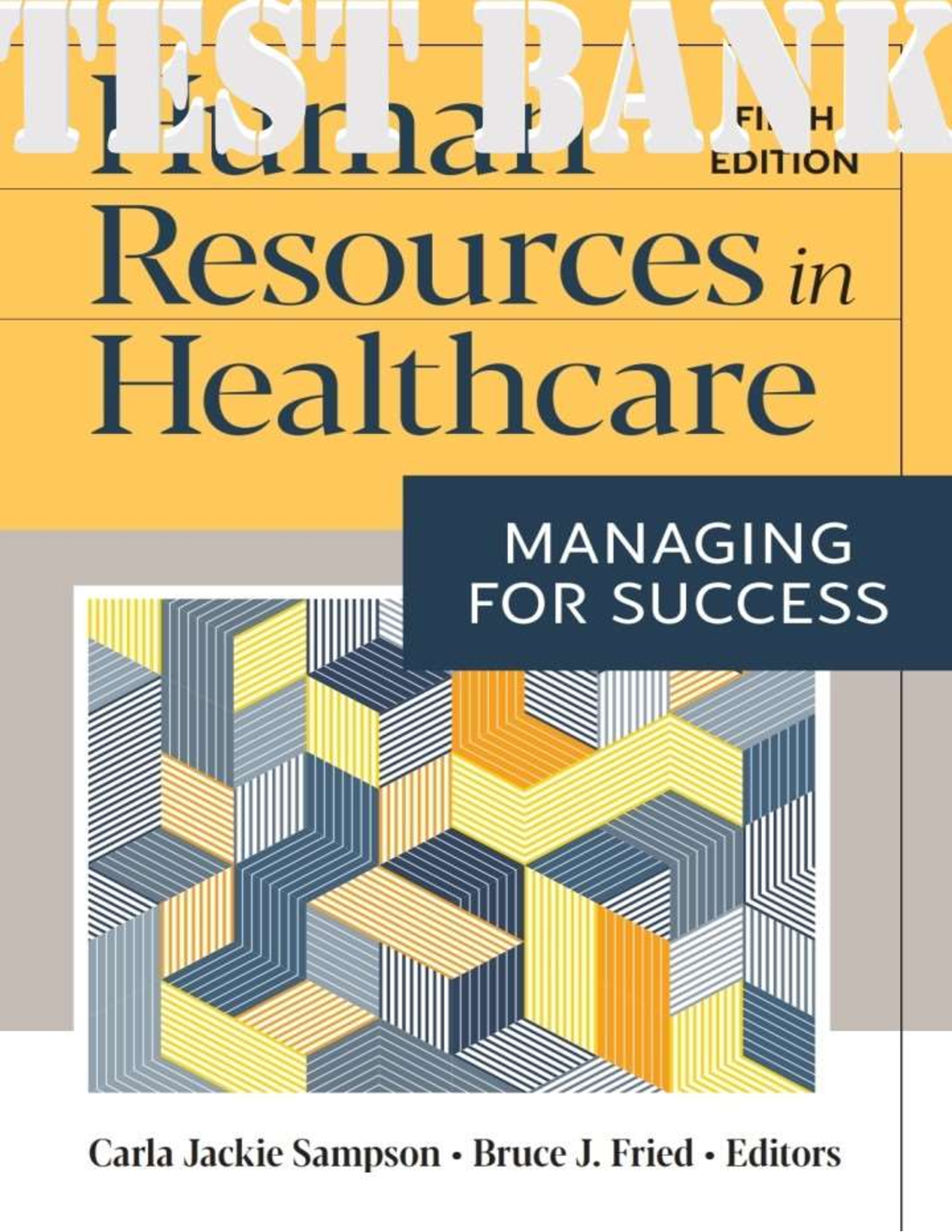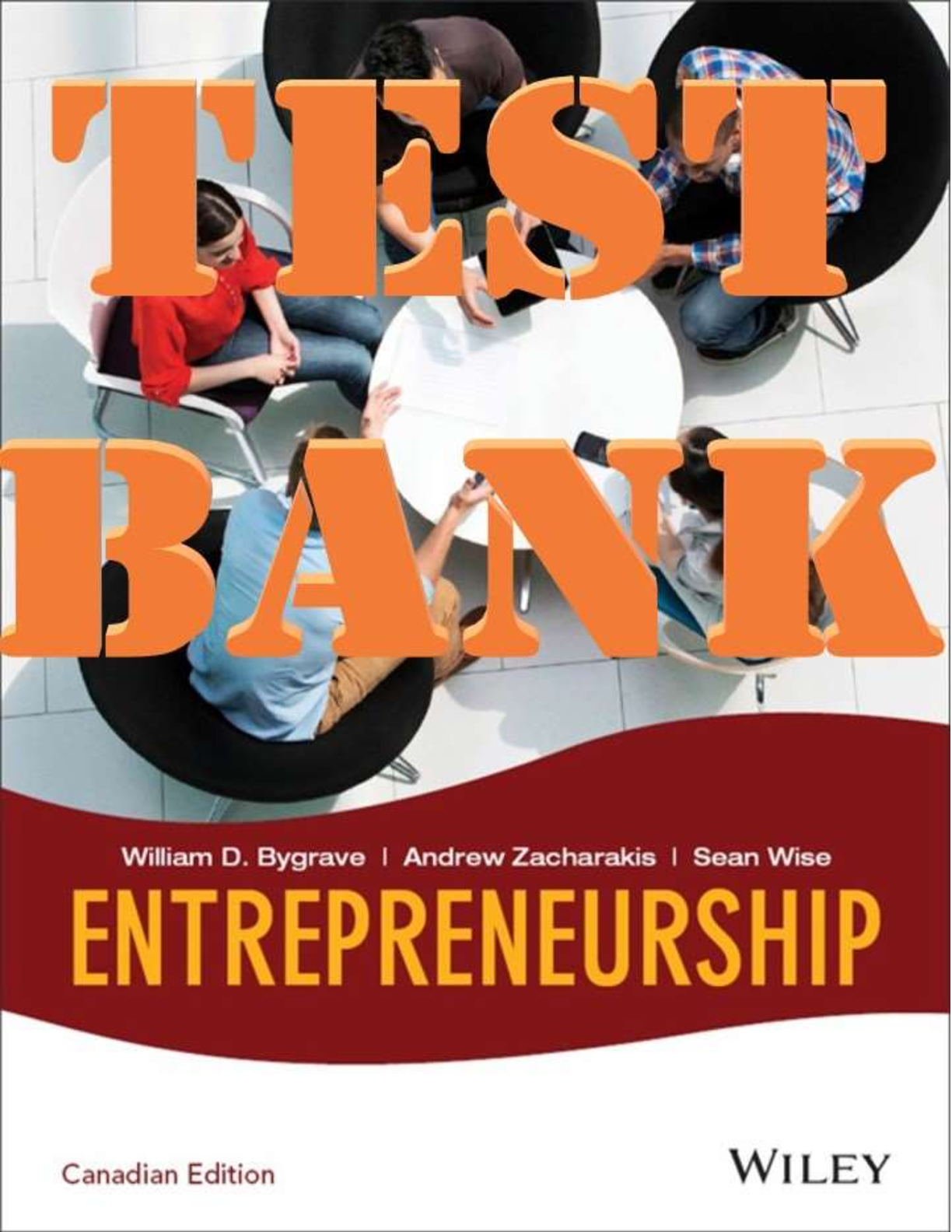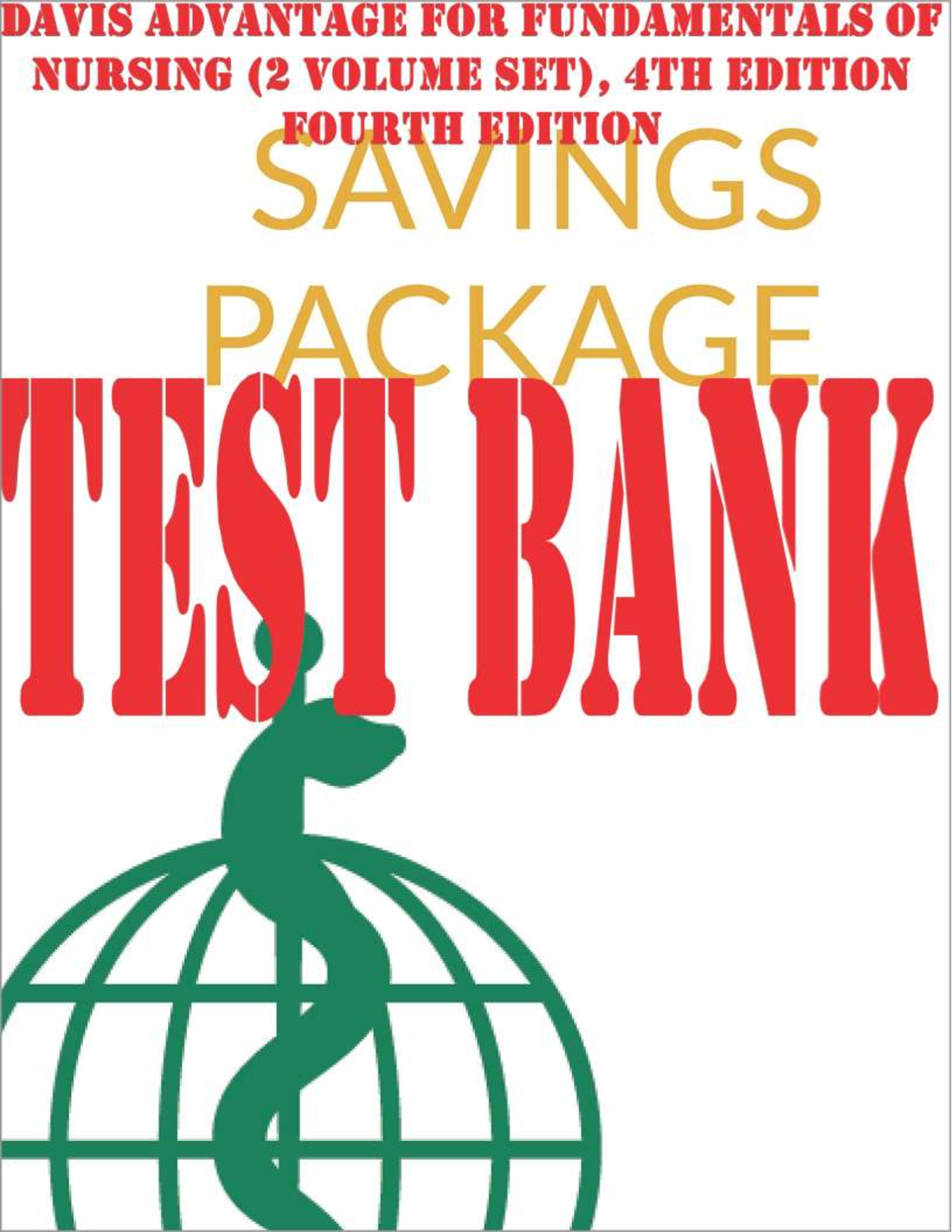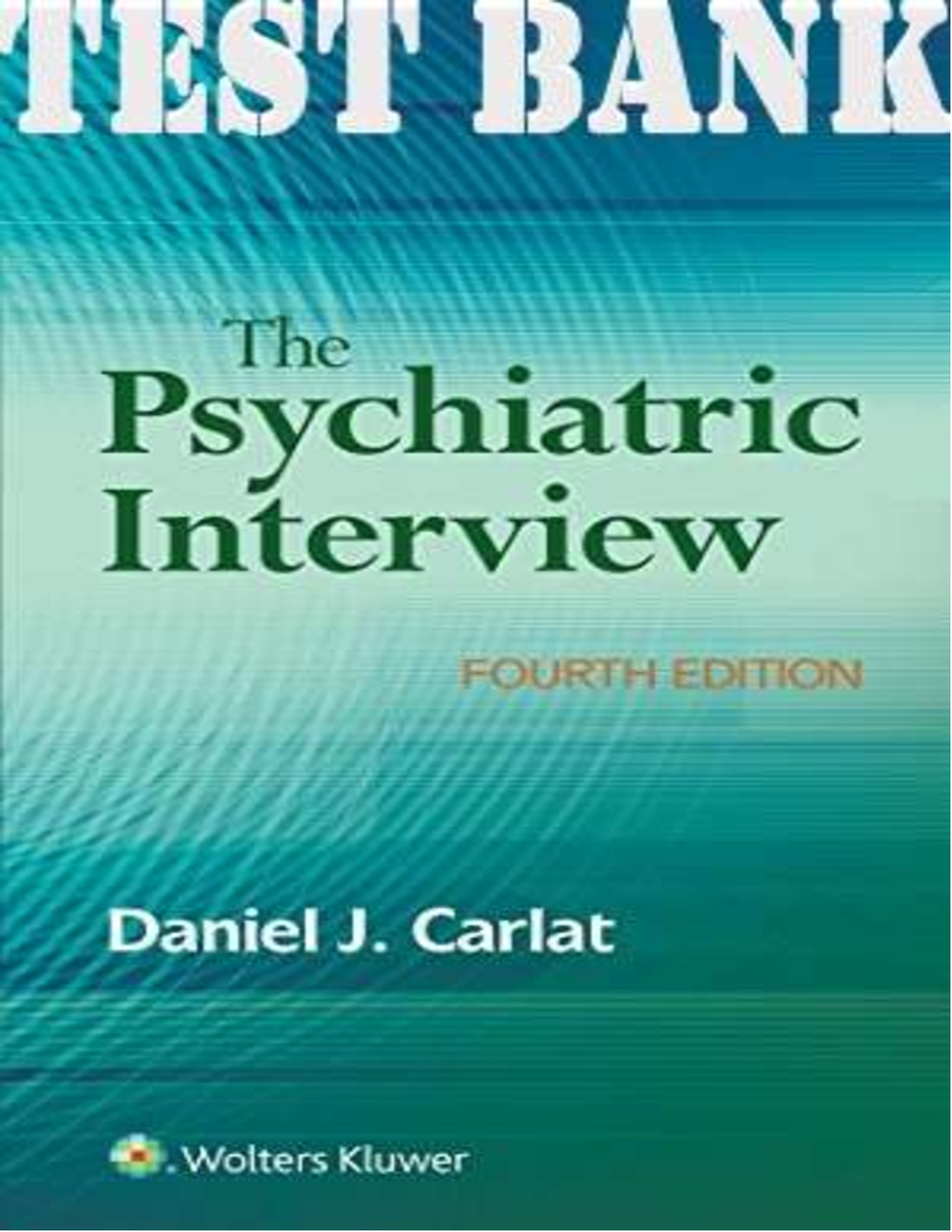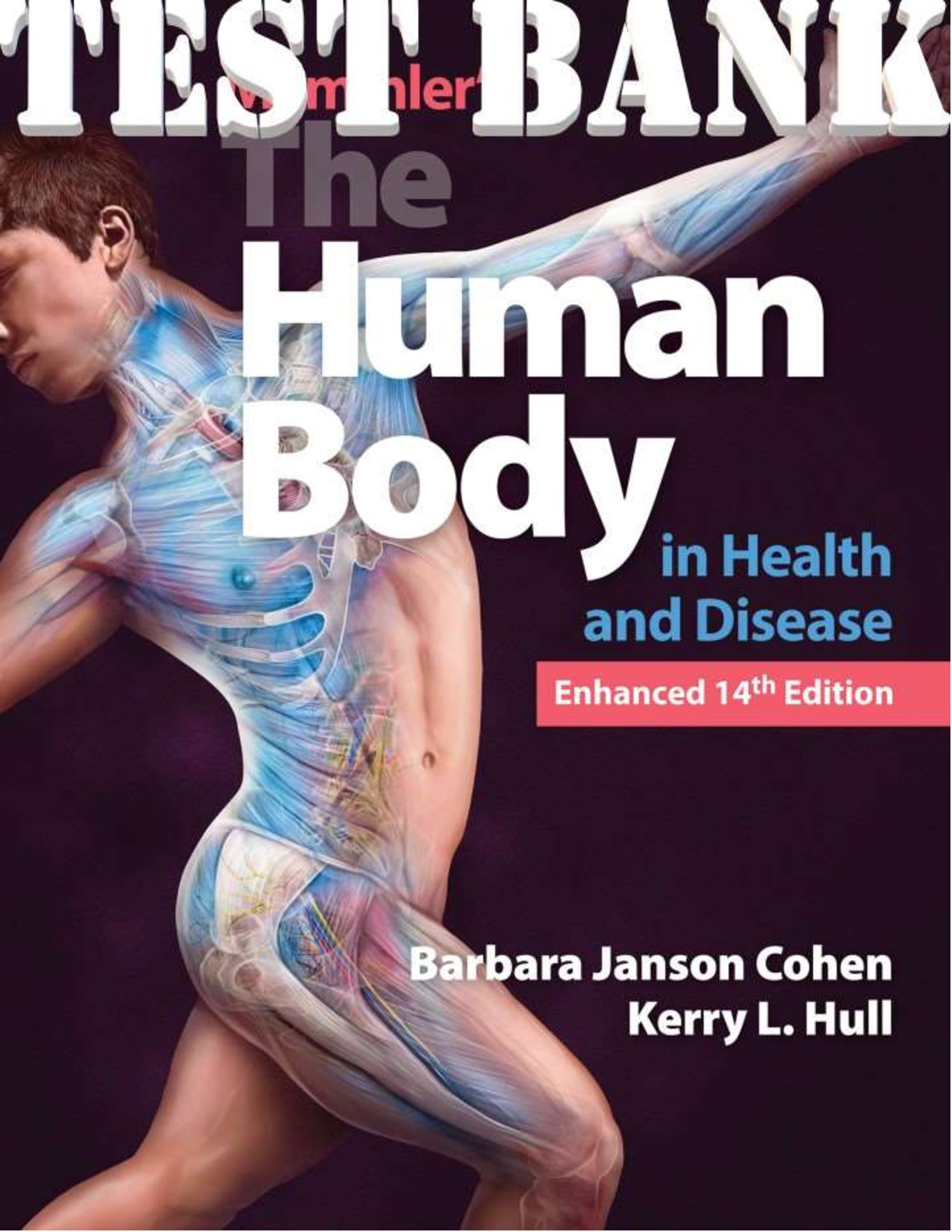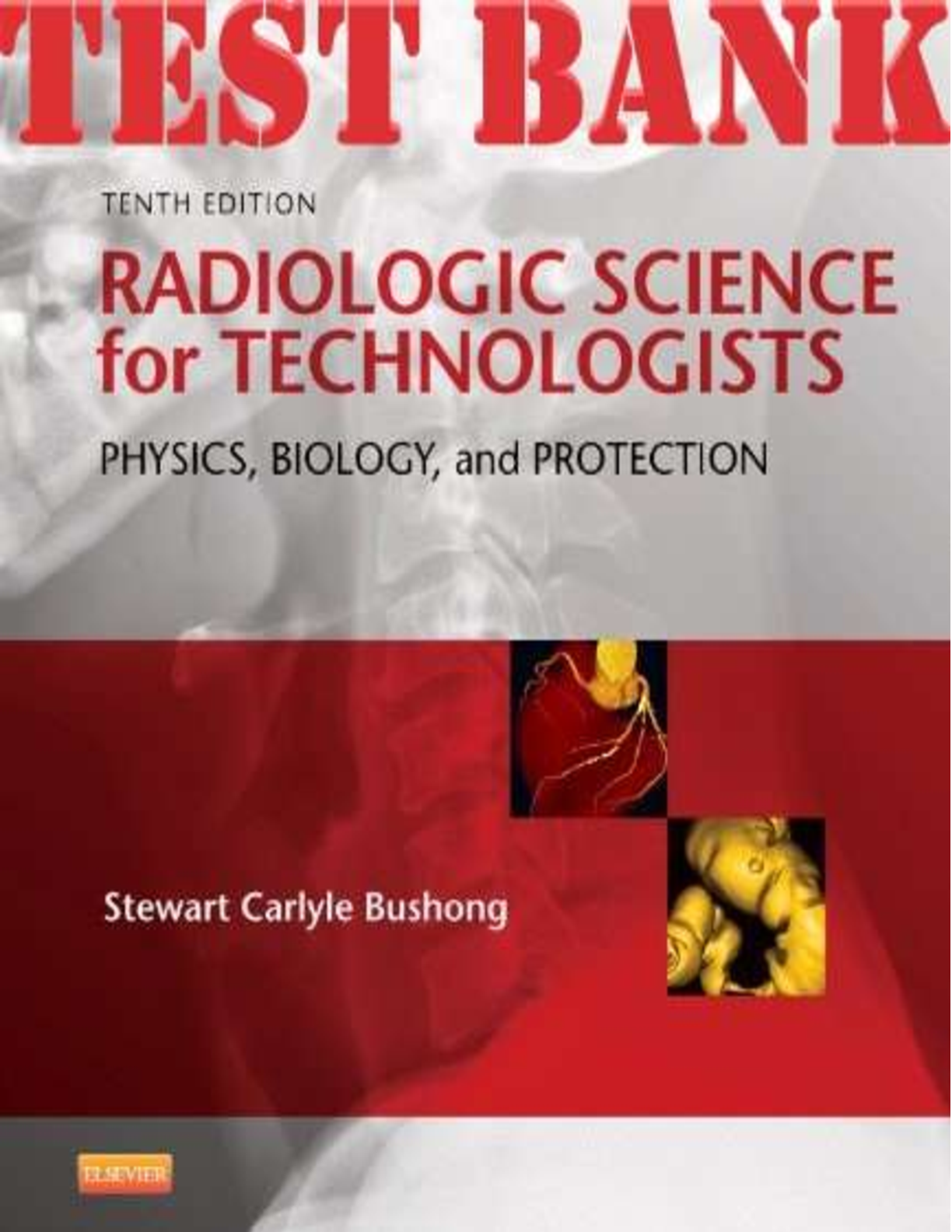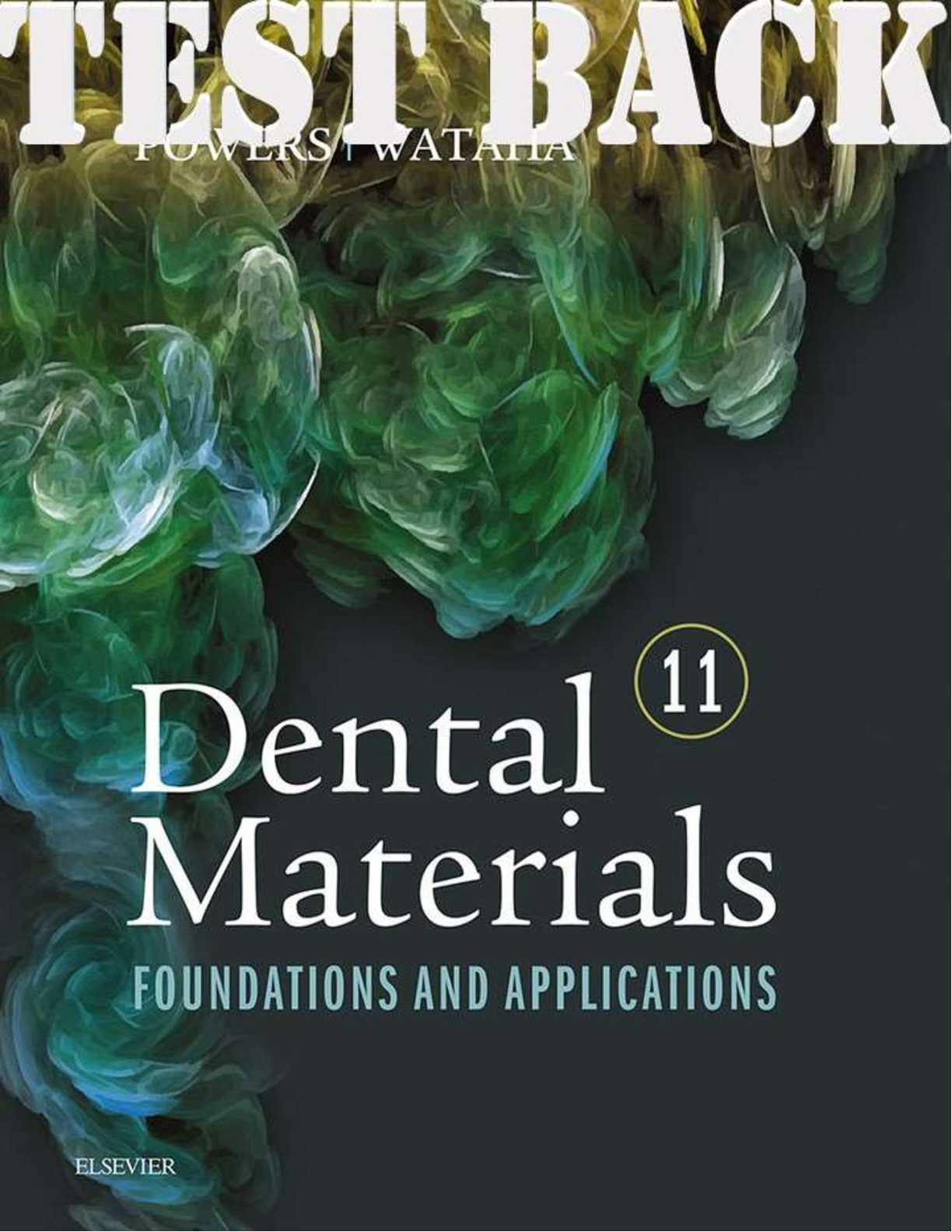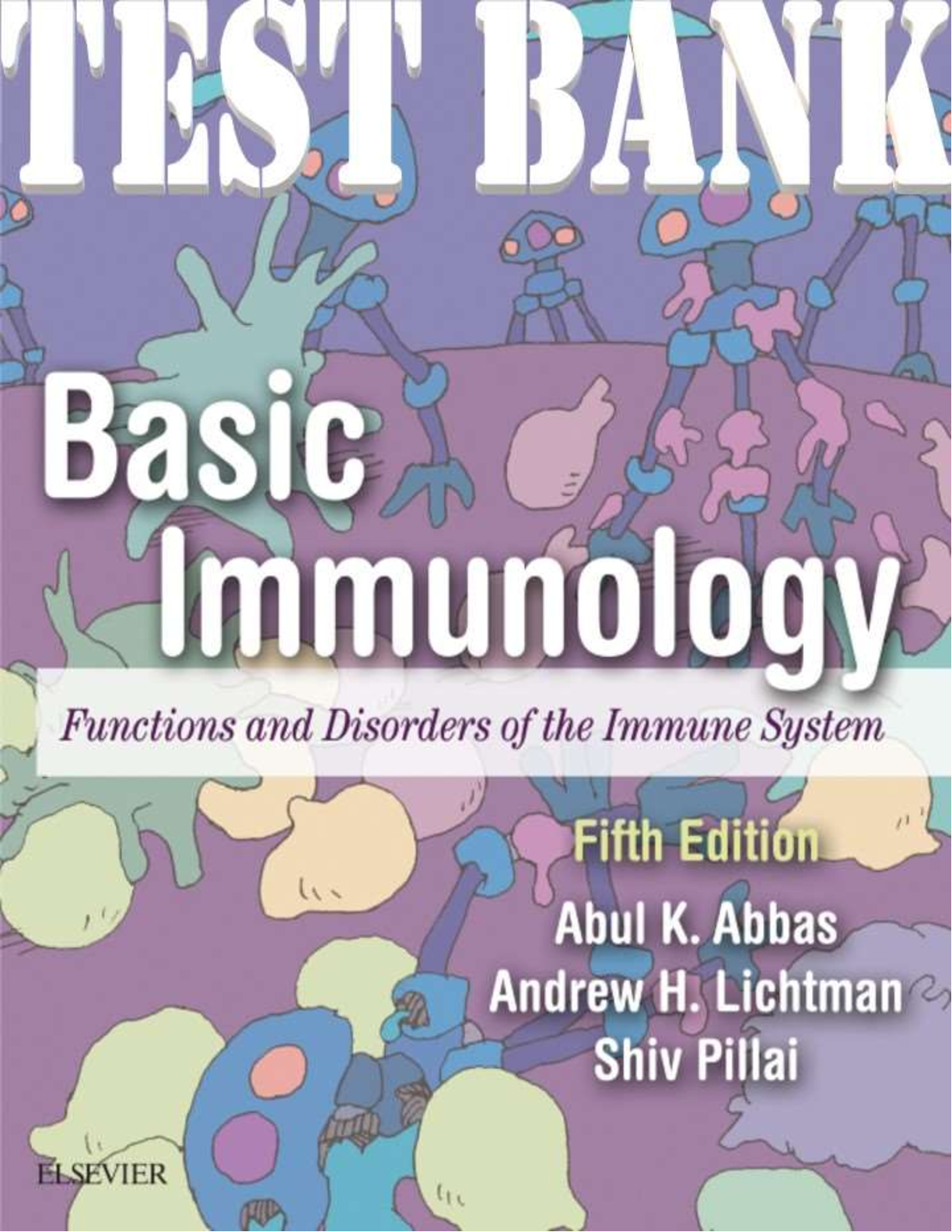Pharmacology > TEST BANK > est-Bank-for-Pharmacology-a-Patient-Centered-Nursing-Process-Approach-8th-Edition-Kee (All)
est-Bank-for-Pharmacology-a-Patient-Centered-Nursing-Process-Approach-8th-Edition-Kee
Document Content and Description Below
Test Bank For Pharmacology A Patient Centered Nursing Process Approach 8th Edition, Kee MULTIPLE CHOICE Chapter 01: Drug Action: Pharmaceutic, Pharmacokinetic, and Pharmacodynamic Phases 1. Which d... rugs will go through a pharmaceutic phase after it is administered? a. Intramuscular cephalosporins b. Intravenous vasopressors c. Oral analgesics d. Subcutaneous antiglycemics 2. The nurse is preparing to administer an oral medication and wants to ensure a rapid drug action. Which form of the medication will the nurse administer? a. Capsule b. Enteric-coated pill c. Liquid suspension d. Tablet 3. The nurse is teaching a patient who will be discharged home with a prescription for an enteric-coated tablet. Which statement by the patient indicates understanding of the teaching? a. “I may crush the tablet and put it in applesauce to improve absorption.” b. “I should consume acidic foods to enhance absorption of this medication.” c. “I should expect a delay in onset of the drug’s effects after taking the tablet.” d. “I should take this medication with high-fat foods to improve its action.” 4. A patient who is newly diagnosed with type 1 diabetes mellitus asks why insulin must be given by subcutaneous injection instead of by mouth. The nurse will explain that this is because a. absorption is diminished by the first-pass effects in the liver. b. absorption is faster when insulin is given subcutaneously. c. digestive enzymes in the gastrointestinal tract prevent absorption. d. the oral form is less predictable with more adverse effects. 5. The nurse is preparing to administer an oral medication that is water-soluble. The nurse understands that this drug a. must be taken on an empty stomach. b. requires active transport for absorption. c. should be taken with fatty foods. d. will readily diffuse into the gastrointestinal tract. 6. A nurse is preparing to administer an oral drug that is best absorbed in an acidic environment. How will the nurse give the drug? a. On an empty stomach b. With a full glass of water c. With food d. With high-fat food 7. The nurse is preparing an injectable drug and wants to administer it for rapid absorption. How will the nurse give this medication? a. IM into the deltoid muscle b. IM into the gluteal muscle c. SubQ into abdominal tissue d. SubQ into the upper arm 8. The nurse is reviewing medication information with a nursing student prior to administering an oral drug and notes that the drug has extensive first-pass effects. Which statement by the student indicates a need for further teaching about this medication? a. “The first-pass effect means the drug may be absorbed into systemic circulation from the intestinal lumen.” b. “The first-pass effect means the drug may be changed to an inactive form and excreted.” c. “The first-pass effect means the drug may be changed to a metabolite, which may be more active than the original.” d. “The first-pass effect means the drug may be unchanged as it passes through the liver.” 9. The nurse prepares to change a patient’s medication from an intravenous to an oral form and notes that the oral form is ordered in a higher dose. The nurse understands that this is due to differences in a. bioavailability. b. pinocytosis. c. protein binding. d. tachyphylaxis. 10. The nurse is preparing to administer a drug and learns that it binds to protein at a rate of 90%. The patient’s serum albumin level is low. The nurse will observe the patient for a. decreased drug absorption. b. decreased drug interactions. c. decreased drug toxicity. d. increased drug effects. Chapter 02: The Drug Approval Process 1. The nurse is preparing to administer a schedule II injectable drug and is drawing up half of the contents of a single-use vial. Which nursing action is correct? a. Ask another nurse to observe and cosign wasting the remaining drug from the vial. b. Keep the remaining amount in the patient’s drawer to give at the next dose. c. Record the amount unused in the patient’s medication record. d. Dispose of the vial with the remaining drug into a locked collection box. 2. A patient is prescribed a medication and asks the nurse if the drug is available in a generic form. The nurse understands that a generic medication will have a name that a. is a registered trademark. b. is always capitalized. c. describes the drug’s chemical structure. d. is non-proprietary. 3. A patient receives a prescription on which the provider has noted that a generic medication may be given. The patient asks the nurse what this means. What will the nurse tell the patient about generic drugs? a. They contain the same inert ingredients as brand-name drugs. b. They have chemical structures that are identical to proprietary drugs. c. They tend to be less expensive than brand-name drugs. d. They undergo extensive testing before they are marketed. 4. The nurse reviews information about a drug and notes the initials “USP” after the drug’s official name. The nurse understands that this designation indicates the drug a. is a controlled substance. b. is approved by the U.S. Food and Drug Administration (FDA). c. is available in generic form. d. meets quality and safety standards. 5. The nurse is preparing to give a medication to a child. The child’s parent asks whether the drug is safe for children. How will the nurse respond to the parent? a. “Drugs are tested on adults and safe doses for children are based on weights compared to adult weights.” b. “Drugs are deemed safe for children over time when repeated use proves effectiveness and safety.” c. “Drugs are tested for both efficacy and safety in children in order to be marketed for pediatric use.” d. “Drugs are tested on children in postmarketing studies and on a limited basis.” 6. Which law(s) govern all drug administration by nurses? a. Drug Regulation and Reform Act b. FDA Amendments Act c. Nurse Practice Acts d. The Controlled Substances Act 7. The nurse administers a drug and miscalculates the dose by placing the decimal place one space to the right, resulting in a 10-fold overdose and the death of the patient. What offense does this represent? a. Malfeasance b. Malpractice c. Misfeasance d. Nonfeasance 8. The nurse is busy and neglects to give a drug to a patient resulting in the patient’s death. What offense does this represent? a. Malfeasance b. Malpractice c. Misfeasance d. Nonfeasance 9. A patient is taking methadone as part of a heroin withdrawal program. The nurse understands that, in this instance, methadone is classified as which drug schedule? a. C-I b. C-II c. C-III d. C-V 10. The nurse is preparing to administer a combination drug containing acetaminophen and codeine. The nurse knows that this drug is classified as which drug schedule? a. C-II b. C-III c. C-IV d. C-V Chapter 03: Cultural and Pharmacogenetic Considerations 1. The nurse is performing a pain assessment on a patient of Asian descent. The patient does not describe the pain when asked to do so and looks away from the nurse. What will the nurse do next? a. Ask the patient’s family member to evaluate the patient’s pain. b. Conclude that the patient’s pain is minimal. c. Evaluate the patient’s non-verbal pain cues. d. Suspect that the patient is experiencing severe pain. 2. The nurse is preparing to discuss long-term care needs with a patient newly diagnosed with a chronic disease. The patient is of Latin American descent. The nurse will plan to take which action when teaching this patient? a. Discussing long-term outcomes associated with compliance of the prescribed regimen b. Highlighting various traditional healing practices that will not be effective for this patient’s care c. Providing factual information and answering all questions as they arise d. Providing teaching in increments, allowing periods of silence to allow assimilation of information 3. A Native American patient has just been diagnosed with diabetes mellitus. The nurse preparing a teaching plan for this patient understands that which aspect of the disease and disease management may be most difficult for this patient? a. Body image changes b. Management of meal and medication schedules c. Perception of the disease as punishment from God d. The sense of dependence on others 4. A patient who is of Filipino descent is admitted to the hospital. The nurse goes to the room to start intravenous fluids and to perform an admission assessment and finds several family members in the room. Which action by the nurse is appropriate? a. Ask the family to wait in the hallway until the admission tasks are completed. b. Determine which family member is the family patriarch and address questions to him. c. Invite family members to assist with appropriate tasks during the admission process. d. Provide chairs for family members and ask them to stay seated during the admission. 5. The nurse is caring for a patient who is a member of the local Native American community. The patient is refusing medications and treatments in spite of repeated attempts to explain the importance of these interventions. Which is an appropriate nursing action? a. Ask a family member about traditional healing practices that might be better accepted. b. Enlist the help of a family member to explain the need for the medications and treatments. c. Find a hospital staff member who is Native American to help provide teaching for this patient. d. Suggest a Social Work consult to the patient’s provider. 6. The nurse is caring for an African-American patient who appears to understand instructions for self- care but does not carry out basic self-care tasks. The nurse understands that the patient may a. be poorly educated and lack basic comprehension skills. b. need more time and personal space to assimilate what is taught. c. require the use of culturally appropriate words and phrases when teaching. d. view illness as punishment and lack desire to change the outcome. 7. The nurse notes that a patient of African American descent who is taking an oral antihypertensive medication continues to have elevated blood pressure three months after beginning the medication regimen. The nurse suspects that the patient may be a. consuming ethnic foods that interfere with absorption of the drug. b. discarding the medication. c. experiencing allergic reactions to the medication. d. metabolizing the drug differently than expected. 8. The nurse is caring for a postoperative patient who is of Asian descent. The patient reports little relief from pain even while taking an opioid analgesic containing codeine and acetaminophen. What does the nurse suspect that this patient is exhibiting? a. Drug-seeking behavior b. Heightened pain perception c. Poor understanding of expected drug effects d. Rapid metabolism of one of the drug’s components 9. The nurse is caring for an African-American patient who is taking warfarin (Coumadin) to prevent blood clots. The nurse will monitor this patient carefully for which effect? a. Decreased therapeutic effects b. Heightened risk for hemorrhage c. Increased risk of hypersensitivity d. Potential risk of paradoxical effects Chapter 04: Drug Interactions and Over-the-Counter Drugs 1. A patient has been taking a drug for several years and tells the nurse it is no longer working. The nurse learns that the patient has recently begun taking an over-the-counter antacid medication. What does the nurse suspect is occurring? a. An adverse drug reaction b. A drug interaction c. Drug incompatibility d. Drug tolerance 2. The nurse is preparing to administer two intravenous medications that should not be given using the same IV tubing. The nurse understands that this is because of drug a. adverse reactions. b. incompatibility. c. interactions. d. potentiation. 3. The nurse is teaching a patient who will begin taking ciprofloxacin. What instruction will the nurse include when teaching this patient about this drug? a. “Do not take this medication with oral contraceptive pills.” b. “Take at least 1 hour after or 2 hours before taking antacids.” c. “Take in the morning with your multivitamin tablet.” d. “Take with milk to reduce gastric upset.” 4. A patient who takes a drug that undergoes gastric absorption will begin taking an opioid analgesic after sustaining an injury in a motor vehicle accident. The nurse will observe the patient closely for which effects? a. Decreased effects of the first drug b. Increased effects of the first drug c. Decreased effects of the narcotic d. Increased effects of the narcotic 5. The nurse is preparing to administer erythromycin to a patient who takes digoxin. The nurse will plan to monitor the patient for a. digoxin toxicity. b. decreased digoxin effects. c. erythromycin toxicity. d. decreased erythromycin effects. 6. A young adult female patient who takes a combination oral contraceptive (OCP) will begin taking an antibiotic. When teaching the patient about this medication, the nurse will a. recommend using a backup method of contraception. b. suggest that she switch to an injectable form of contraception. c. tell her that the antibiotic is less effective if she is taking OCPs. d. tell her the antibiotic has a greater risk for toxicity while taking OCPs. 7. A patient has been taking warfarin (Coumadin), which is highly protein-bound. The patient will begin taking gemfibrozil, which is also highly protein-bound. The nurse will observe the patient closely for a. decreased effects of warfarin. b. increased effects of warfarin. c. decreased effects of gemfibrozil. d. decreased effects of both drugs. 8. A patient is taking phenytoin to prevent seizures. The nurse knows that phenytoin is highly protein- bound and has sedative side effects. The nurse reviews the patient’s chart and notes a low serum albumin. The nurse will notify the provider and observe the patient for which effects? a. Decreased sedative effects b. Increased sedative effects c. Increased seizures d. No change in effects 9. A patient who takes the anticoagulant warfarin will begin taking the anticonvulsant drug carbamazepine. The nurse reviews the drug information for these drugs and learns that carbamazepine is a hepatic enzyme inducer. The nurse anticipates that the provider will make which dosage adjustment? a. Decrease the dose of carbamazepine b. Increase the dose of carbamazepine c. Decrease the dose of warfarin d. Increase the dose of warfarin 10. The nurse is caring for a patient who receives theophylline, which has a narrow therapeutic index. The patient has been receiving cimetidine but will stop taking that drug in 2 days. In 2 days, the nurse will observe the patient closely for a. decreased effectiveness of theophylline. b. increased effectiveness of theophylline. c. decreased toxicity of theophylline. d. prolonged effectiveness of theophylline. Chapter 05: Drugs of Abuse 1. The nurse is teaching a group in the community about drug abuse. Which statement by the nurse is correct? a. “Cue-induced cravings eventually disappear after long periods of abstinence by the person addicted to drugs.” b. “Drug abuse and drug addiction are synonymous terms, describing dependence on drugs.” c. “Drug addiction is characterized by emotional, mental, and sometimes physical dependence.” d. “Drug addiction occurs when physical dependence is present.” 2. The nurse is caring for a patient who is being treated for chronic alcohol intoxication. The nurse notes that the patient’s serum alcohol level is 0.40 mg%. The patient is awake and talkative even though this is a potentially lethal dose. The nurse recognizes this as alcohol a. addiction. b. dependence. c. misuse. d. tolerance. 3. What does the nurse understand must occur in order to produce withdrawal syndrome? a. Addiction b. Craving c. Drug tolerance d. Physical dependence 4. The nurse is counseling a patient who wants to stop smoking. Which statement by the nurse is correct? a. “Bupropion (Zyban) is effective and does not have serious adverse effects.” b. “Nicotine replacement therapies are effective and eliminate the need for behavioral therapy.” c. “Varenicline (Chantix) may be used short-term for 1 to 2 months.” d. “You may experience headaches and increased appetite for several months after stopping smoking. 5. A patient with asthma has been using a nicotine transdermal 24-hour patch for 3 weeks to quit smoking. The patient reports having difficulty sleeping. What action will the nurse take? a. Ask the provider for a prescription for Nicotrol NS. b. Recommend removing the patch at bedtime. c. Suggest using an 18-hour patch instead. d. Tell the patient to stop the patch and join a support group. 6. The nurse is discussing smoking cessation with a nurse colleague who smokes. Which statement indicates a readiness to quit smoking? a. “I don’t smoke around my children or inside the house.” b. “I want to stop smoking, but I will need help to do it.” c. “I will quit so my co-workers will stop harassing me about it.” d. “If I cut down gradually, I should be able to quit.” 7. A patient is using the Commit lozenge 2 mg to help quit smoking and reports nausea and indigestion. The nurse will instruct the patient to perform which action? a. Allow the lozenge to dissolve slowly over 20 to 30 minutes. b. Chew the lozenge thoroughly before swallowing it. c. Increase to 4 mg and use less often. d. Take the lozenge with food and a full glass of water. 8. A patient is brought to the emergency department by a family member. The patient reports seeing colored lights and describes feeling bugs crawling under the skin. The nurse suspects that this patient is abusing which drug? a. Alcohol b. Cocaine c. LSD d. Methamphetamine 9. The nurse is caring for a patient who is chronically irritable and anxious and prone to violent behaviors. The patient has several teeth missing and has dental caries in the remaining teeth. The nurse suspects previous chronic use of which drug? a. Alcohol b. Cocaine c. LSD d. Methamphetamine 10. The nurse is teaching a patient who has completed detoxification for alcohol abuse who will be discharged home with a prescription for disulfiram (Antabuse). Which statement by the patient indicates understanding of the teaching? a. “Even topical products containing alcohol can have serious adverse effects while I am taking this drug.” b. “If I experience drowsiness or skin rash, I should discontinue this drug immediately.” c. “It is safe to take a product containing alcohol one week after the last dose of disulfiram.” d. “This drug acts by blocking the pleasurable effects of alcohol.” Chapter 06: Herbal Therapies 1. A family member expresses concern that a patient is taking several herbal remedies and worries that they may be unsafe. The nurse will respond by saying that herbs a. are classified as medications by the Dietary Supplement Health and Education Act of 1994. b. are regulated by the government and are determined to be safe. c. aren’t usually effective but are generally harmless. d. should be discussed with the patient’s provider in conjunction with other medications. 2. A pregnant woman tells the nurse that she is taking ginger to reduce morning sickness. What will the nurse tell this patient? a. “Ginger can cause fetal birth defects.” b. “Ginger is not safe during pregnancy.” c. “Ginger can cause abortion in low doses.” d. “Ginger may be taken in low doses for up to 4 days.” 3. A patient asks the nurse about an herbal supplement and reports that it has a USP seal of approval. The nurse explains that this indicates a. identity, potency, purity, and labeling accuracy. b. premarket testing for safety and efficacy. c. structure and function claims may be made. d. the supplement’s ability to prevent and treat disease. 4. A woman reports using aloe vera to treat constipation. Which response by the nurse is correct? a. “Aloe vera is for external use only.” b. “Please tell me if you are taking cardiac medications or diuretics.” c. “Side effects of aloe vera are common.” d. “You may experience a decrease in menstrual flow while taking aloe vera.” 5. A woman who is experiencing hot flashes associated with menopause asks the nurse about using black cohosh. Which response by the nurse is correct? a. “Black cohosh may be used long term in place of hormone replacement therapy.” b. “Black cohosh may contribute to iron toxicity.” c. “Black cohosh may interact with antihypertensive drugs.” d. “Black cohosh treats menopausal symptoms without altering hormone levels.” 6. A patient who has HIV asks the nurse about taking echinacea to improve immune function. What will the nurse tell this patient? a. “The root extract is useful for treating upper respiratory and urinary tract infections.” b. “This use is currently being studied in patients who have HIV.” c. “Use it as needed when antibiotics fail to treat your infections.” d. “You may use it safely up to 8 weeks at a time as a preventive medication.” 7. The nurse is counseling a female patient who reports taking feverfew to treat premenstrual syndrome and migraines. Which statement by the patient indicates understanding of the teaching? a. “I should experience immediate effects with this herb.” b. “I should not take feverfew if I get pregnant.” c. “I should take feverfew with nonsteroidal anti-inflammatory drugs (NSAIDs) to enhance its effects.” d. “If I develop gastrointestinal (GI) upset, I should stop taking feverfew immediately.” 8. The nurse is providing preoperative education to a patient who will have surgery in several weeks. The patient denies taking anticoagulant medications but reports using herbal supplements. Which herb would cause the nurse to be concerned? a. Echinacea b. Ginkgo biloba c. Kava d. Sage 9. The nurse provides counseling to a patient who reports taking kava to treat anxiety-related symptoms. Which statement by the patient indicates understanding of the teaching? a. “I may take kava with lorazepam (Ativan).” b. “I may develop a serious skin disorder while taking kava.” c. “I should avoid alcohol while taking kava.” d. “I should avoid St. John’s wort and valerian while taking kava.” 10. The spouse of a patient who is an alcoholic asks the nurse about dietary supplements that may help prevent liver disease. Which herb will the nurse suggest the patient discuss with a provider who has prescriptive authority? a. Ginkgo biloba b. Kava c. Milk thistle d. Sage [Show More]
Last updated: 1 year ago
Preview 1 out of 28 pages
Instant download
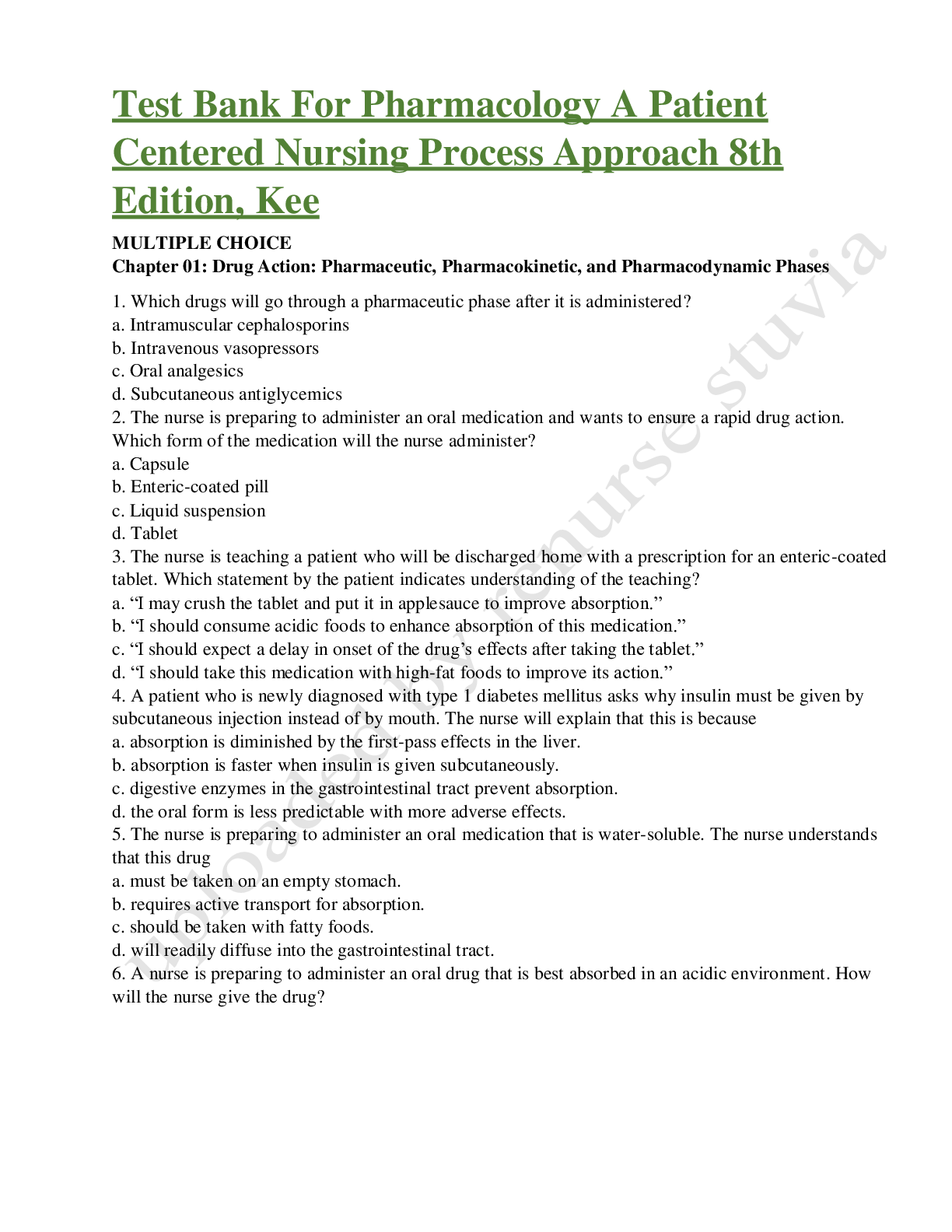
Buy this document to get the full access instantly
Instant Download Access after purchase
Add to cartInstant download
Reviews( 0 )
Document information
Connected school, study & course
About the document
Uploaded On
Jul 30, 2021
Number of pages
28
Written in
Additional information
This document has been written for:
Uploaded
Jul 30, 2021
Downloads
0
Views
38


.png)
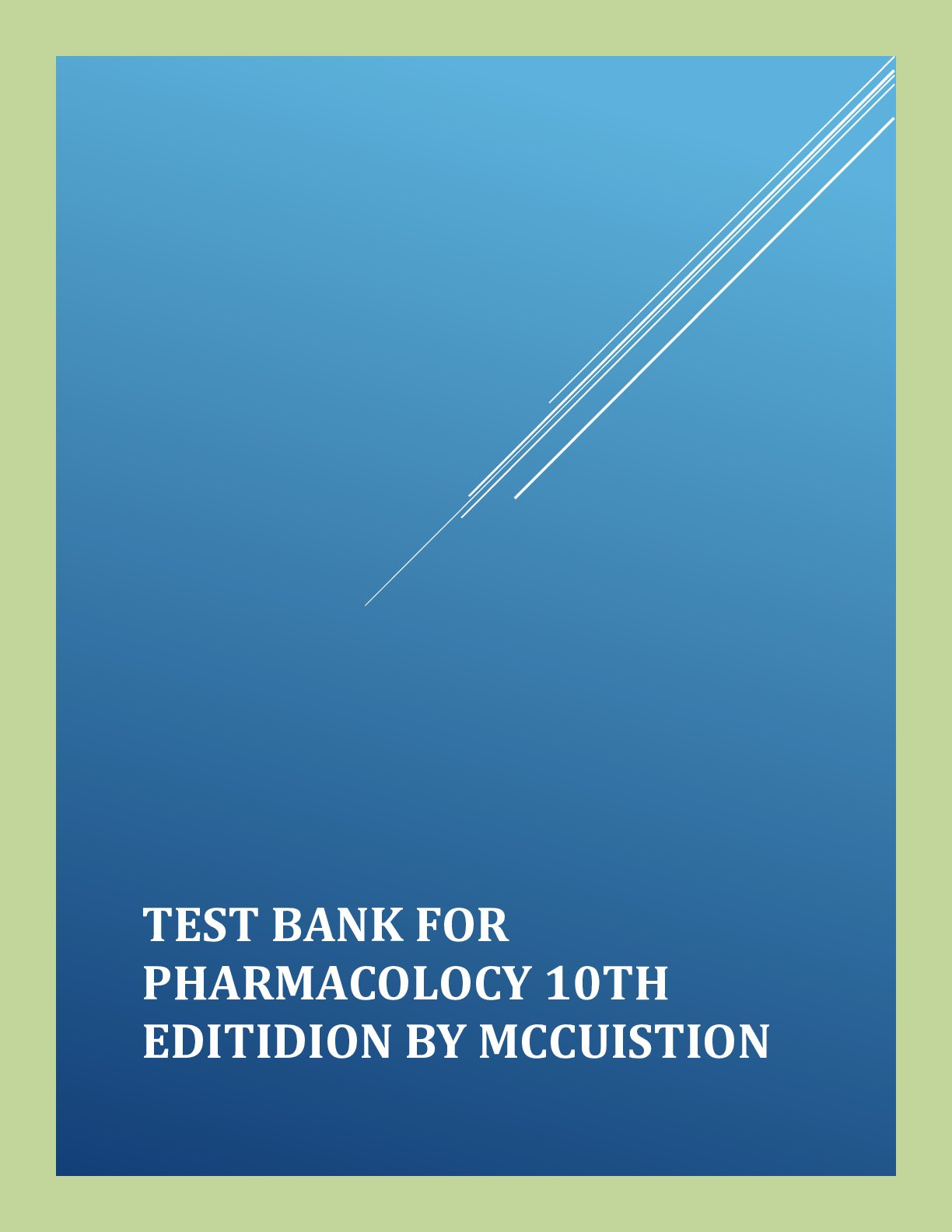


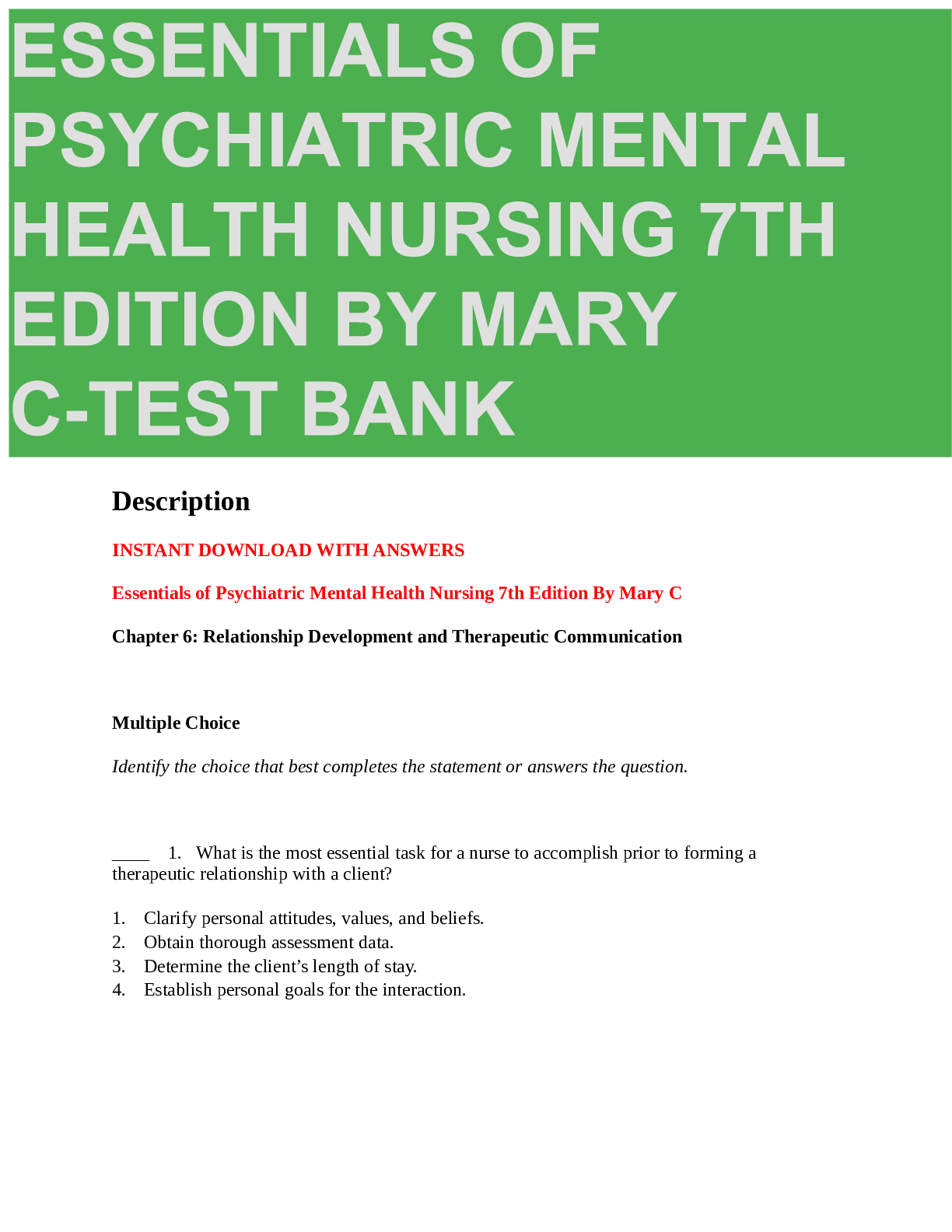

_repaired (1).png)
